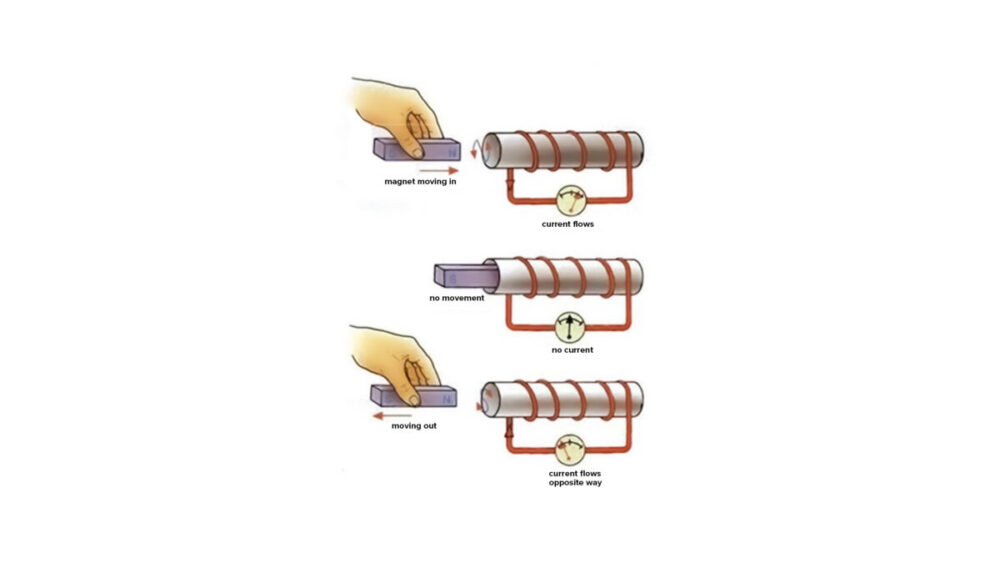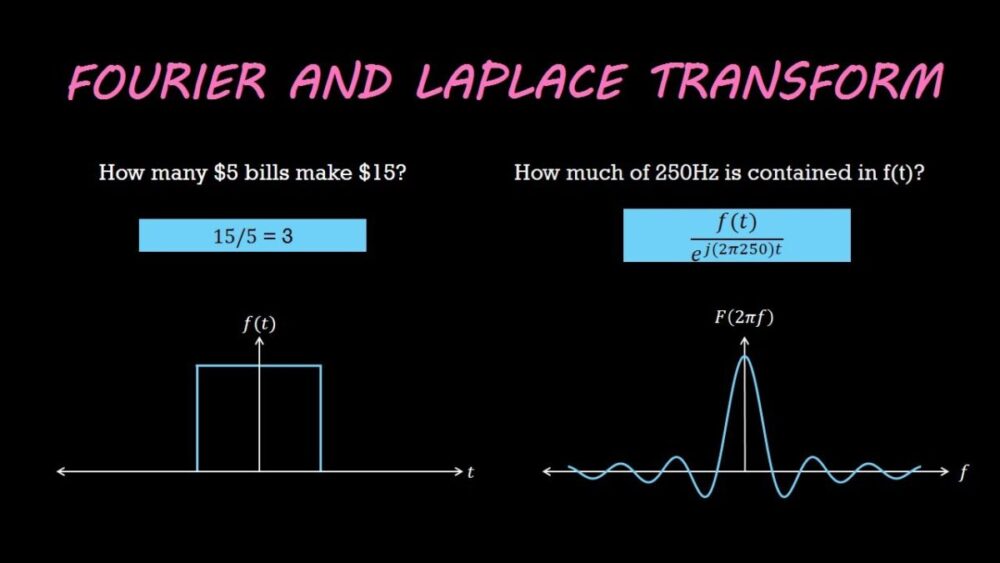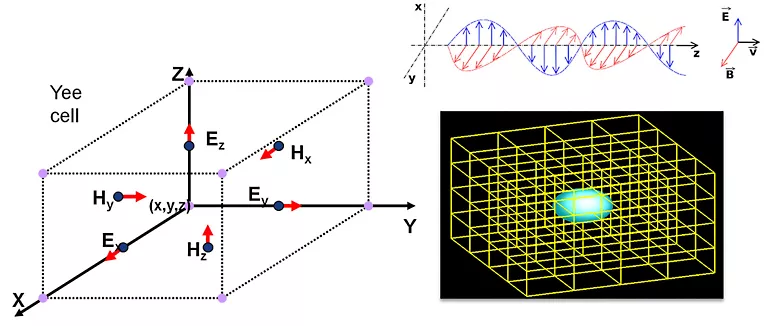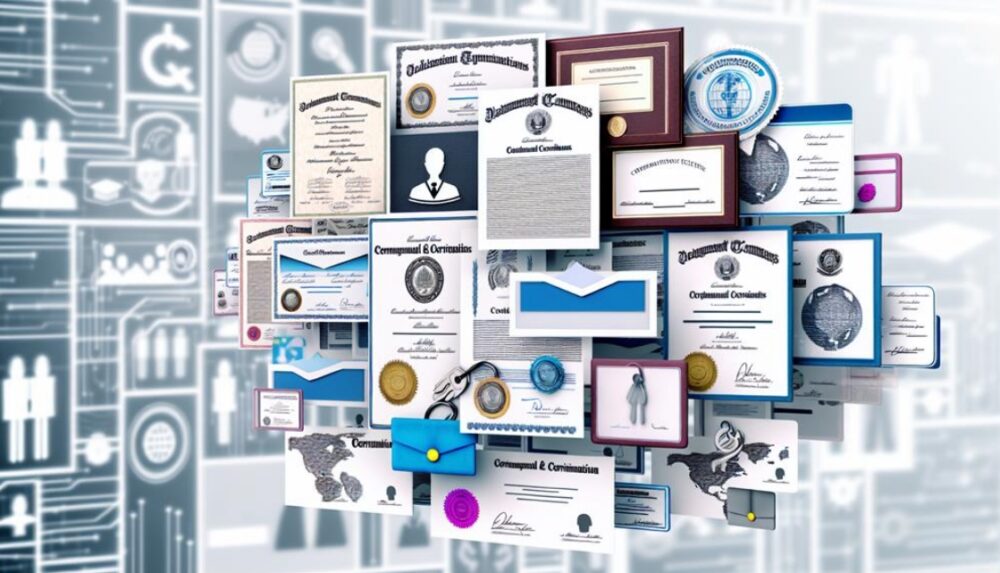Electromagnetism, a fundamental branch of physics, deals with the study of electric and magnetic fields and their interactions with matter. This domain is pivotal in understanding the natural world and underpins a vast array of technologies, from electric motors to wireless communications. For many students and professionals, solving electromagnetism problems can be a daunting task due to the abstract nature of the concepts involved. However, experts in the field have developed a systematic approach to unravel these complexities, turning challenges into comprehensible solutions.
For those looking to see how experts solved problems in electromagnetism let’s delve into the strategies and thought processes employed by these experts.
Understanding the Basics

At the heart of tackling any difficult electromagnetism problem is a solid understanding of the fundamental principles. This includes Maxwell’s equations, which describe how electric and magnetic fields are generated and altered by each other and by charges and currents. Experts begin by ensuring they have a clear grasp of these equations and the physical laws they represent. This foundational knowledge allows them to approach problems with a strong conceptual framework.
Maxwell’s equations, which consist of Gauss’s law for electricity, Gauss’s law for magnetism, Faraday’s law of induction, and Ampère’s law (with Maxwell’s correction), are the cornerstone of electromagnetism. Understanding these equations in both their integral and differential forms is crucial. Experts often revisit these basics to ensure they are applied correctly to the specific problem at hand.
Identifying the Core Problem
Once the fundamental principles are well understood, the next step is to identify the core problem within a given question. This involves parsing the problem statement to determine what is being asked and what is given. Experts break down the problem into smaller, more manageable parts, identifying known quantities and what needs to be determined. This step is critical in simplifying complex problems and avoiding unnecessary complications.
Employing Appropriate Mathematical Tools

Electromagnetism problems often require a range of mathematical tools for their solution. Experts are adept at using vector calculus, differential equations, and integral transforms (such as Fourier and Laplace transforms) to tackle these problems. They understand how to manipulate these mathematical constructs to derive solutions from Maxwell’s equations and boundary conditions.
Simplifying Assumptions and Approximations
In many real-world scenarios, exact solutions to electromagnetism problems are either too complex or impossible to obtain. Experts know when and how to apply simplifying assumptions and approximations to make the problem tractable while still providing an accurate solution.
Utilizing Computational Tools

Modern problems in electromagnetism often involve complex geometries and boundary conditions that are difficult to solve analytically. Experts leverage computational tools such as finite element analysis (FEA) and finite difference time domain (FDTD) methods to tackle these challenges.
Experimental Validation
Despite the power of theoretical and computational methods, experimental validation remains a cornerstone of problem-solving in electromagnetism. Experts design experiments to test their theoretical predictions and computational models. This iterative process of theory, computation, and experimentation ensures that the solutions are robust and accurate.
Staying Updated with Current Research
Electromagnetism is a dynamic field with ongoing research leading to new discoveries and advancements. Experts stay abreast of the latest developments by reading scientific journals, attending conferences, and collaborating with other researchers. This continuous learning process allows them to incorporate new techniques and insights into their problem-solving toolkit.





